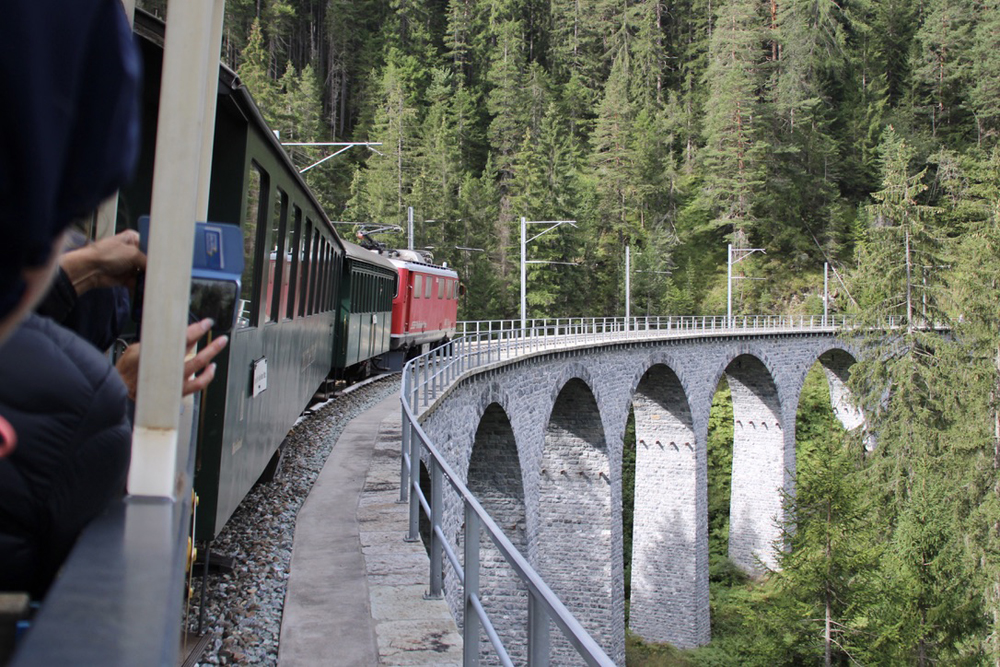Federal regulators have not received shipper complaints about service and are satisfied that the railroad is keeping its customers informed as it methodically rolls out operational changes on its Mid-America Corridor linking the Midwest and the U.S. Gulf Coast.
Kansas City Southern officials say they’ve experienced no disruption related to UP’s new operating plan. KCS’s cross-border network relies on UP trackage rights for much of its route across South Texas, and UP is a major interchange partner at the Laredo gateway, the busiest U.S.-Mexico border crossing.
And Union Pacific executives say they are confident the changes, which began Oct. 1, are bearing fruit on routes that handle half of the railroad’s traffic.
“We’re feeling really good about the early traction of our Unified Plan 2020,” Chief Financial Officer Rob Knight told an investor conference on Wednesday.
UP’s key operating metrics — including terminal dwell, average train speed, and the number of cars online — are all moving in the right direction, Knight says.
The operational improvements come as UP is handling more traffic. As of last week, UP’s fourth-quarter volume was up 2 percent compared to a year ago thanks to gains in intermodal and industrial products volume.
UP is implementing operational changes gradually and in four regional phases. UP has turned to planning the second phase, on the Sunset Route linking Southern California and Texas, earlier than expected, Knight says.
The railroad has not yet said when it will begin making operational changes on the Sunset Route.
Thus far it’s clear that UP’s approach — which independent analyst Anthony B. Hatch has dubbed PSR 2.0 — is far different than the way the late E. Hunter Harrison brought change to three Class I railroads.
“So far, PSR has only been implemented in a revolutionary, go-for-broke manner,” Hatch says.
Harrison, who wrote the book on Precision Scheduled Railroading, implemented his operating model more rapidly at each of the railroads he led: Canadian National, Canadian Pacific, and CSX Transportation.
The operational changes created months of service problems, generated shipper complaints, and attracted increased scrutiny from federal regulators. Eventually, each railroad became more reliable — but not before alienating everyone but shareholders, Hatch says.
Hatch says it remains to be seen if UP’s more measured approach can produce the same financial results as the Harrison-led transformations, which also involved broad changes involving everything from labor agreements and freight rates to the engineering and mechanical departments.
This week, UP notified customers of several changes designed to improve the utilization of locomotives, cars, and crews.
Unit train customers will be required to provide UP with a 30-day rolling forecast and a 72-hour pre-release notification, and will face penalties if the train release date or destination is changed or if the unit train is canceled less than 48 hours prior to the scheduled release date.
Unit train customers also will have 24 hours to load or unload a unit train for free. After 24 hours, UP will impose a $200 hourly fee for each locomotive on the train. UP will impose hourly fees for unit trains that are halted en route at customer request.
UP also will raise its daily fee, to $140 from $100, to store cars in its yards.
The changes are scheduled to take effect on Jan. 1.















Are some unit trains being integrated into the merchandise network?
Yes, penalties sure will help the bottom line alright. Shippers: Do our blocking for us so we dont have to. And if it’s not right we will penalize you. Load how we want you to, when we want you to, or you will be penalized. Is the shipper receiving a rate reduction in turn for doing the blocking for the railroad? I doubt it.
I wonder if the shipper can ask for a rebate for every hour that their load or empty is ready to move, but the railroad cant move it due to a lack of power and/or crew? Will the shipper be able to ask for a rebate for every hour their their load arrives or is pulled past the trip plan time?
The PR department is mard at work. My dad was a PR man for a defense contractor and oil drilling company. He told me long ago his job was to make “stuff” look like candy.
These things never change. Harrison, of course, couldn’t have care less about public or labor image. Or maybe he cultivated his self-admitted bully side?
Well, it just goes to show you. You can institute efficiency and increase profitability without creating chaos. Of course it helps if you have rational calm, long term goal oriented people in charge instead of a vicious raging bull.
Even before UP announced PSR 2.0 I noticed mixed unit trains running between San Antonio & Houston. Half inter-modal / half auto rack for example.